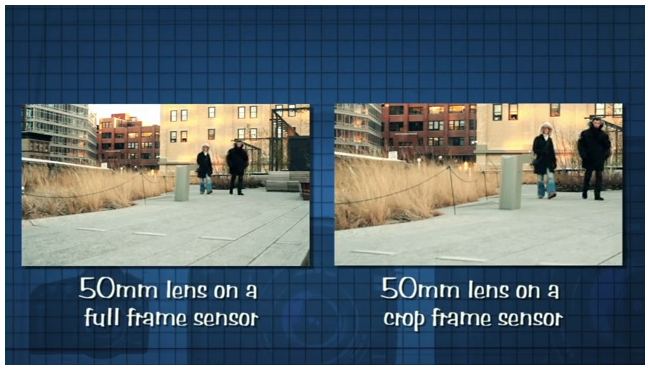- Messages
- 320
- Edit My Images
- Yes
I have seen it quoted frequently about the importance of 50mm as it is equivalent as to how we see the world with the naked eye. But would we really notice a difference or would an image be less pleasing to us if it were shot at 30mm or 70mm?
Also out of curiosity, if 50mm is the ideal focal length, then why is 85mm or 100mm recommended as a good focal length for portraits, and not 50mm?
Also out of curiosity, if 50mm is the ideal focal length, then why is 85mm or 100mm recommended as a good focal length for portraits, and not 50mm?


